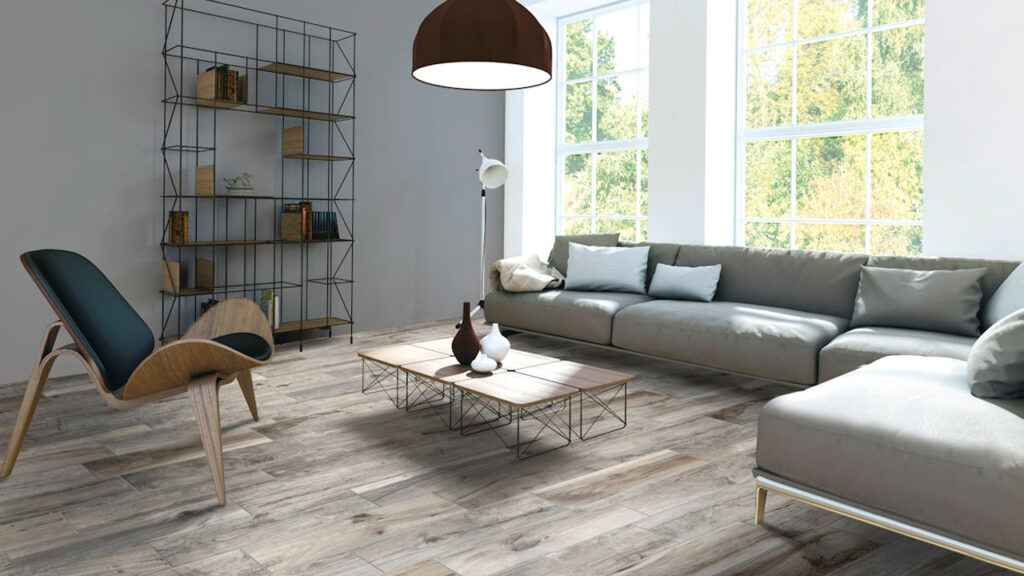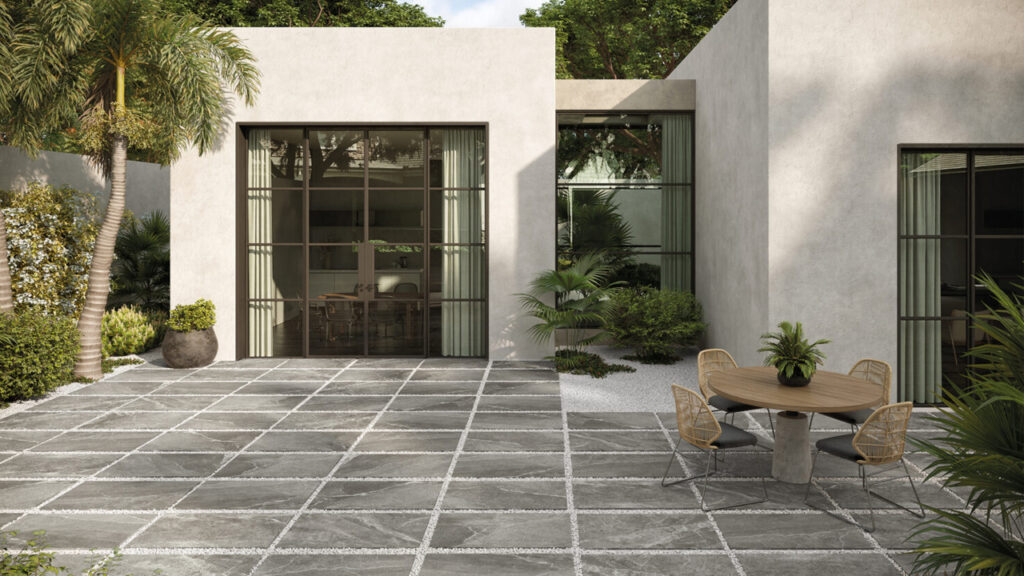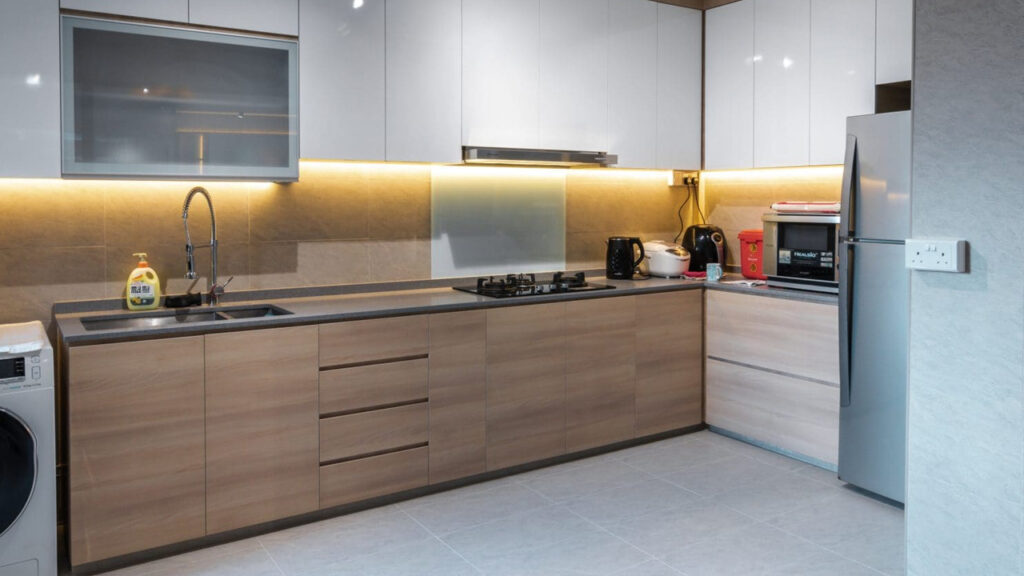Introduction
Tiles are one of the most durable flooring and wall solutions you can choose for your home. Whether porcelain, ceramic, marble, or mosaic, they are built to last — but to keep them looking new and shiny, you need proper care. Thankfully, tile maintenance is straightforward once you know the right techniques.
Daily Cleaning: Sweep or Vacuum Regularly
Dust, sand, and small particles can scratch your tiles over time. A quick sweep or vacuum each day removes debris before it builds up. For best results, use a vacuum designed for hard floors without a beater bar to avoid scratching.
Weekly Mopping: Warm Water + Mild Cleaner
A gentle mop with warm water once or twice a week is enough for most homes. For deeper cleaning, add a pH-neutral tile cleaner. Avoid soapy detergents — they leave residue that makes tiles look dull and attracts dirt.
Grout Care: Keep It Fresh & Clean
Grout is often the first area to show dirt. To refresh grout:
Scrub with a baking soda + water paste using a small brush.
For stubborn stains, use a vinegar + water mix or a grout-specific cleaner.
Seal your grout every 6–12 months to prevent stains and discoloration.
Avoid Harsh Chemicals
Bleach, ammonia, and acidic cleaners may damage tile finishes and erode grout lines. Stick to gentle, tile-safe products. For natural stone tiles (like marble), always use cleaners designed specifically for stone to prevent etching.
Seal Natural Stone Tiles
Porcelain and ceramic usually don’t need sealing, but marble, granite, and limestone tiles must be sealed every 6–12 months. This adds a protective layer against stains, water absorption, and scratches, keeping the stone looking polished.
Handle Stains Immediately
Accidents happen — wine, coffee, and oil spills are common in kitchens. Clean them immediately with a damp cloth and mild cleaner. Quick action prevents long-term staining and makes cleaning much easier.
Protect High-Traffic Areas
Use rugs or mats in entryways, kitchens, and other busy spots. This reduces direct wear and keeps dirt from being tracked across your tile floors. Choose mats with non-slip backings to keep safety in mind.



